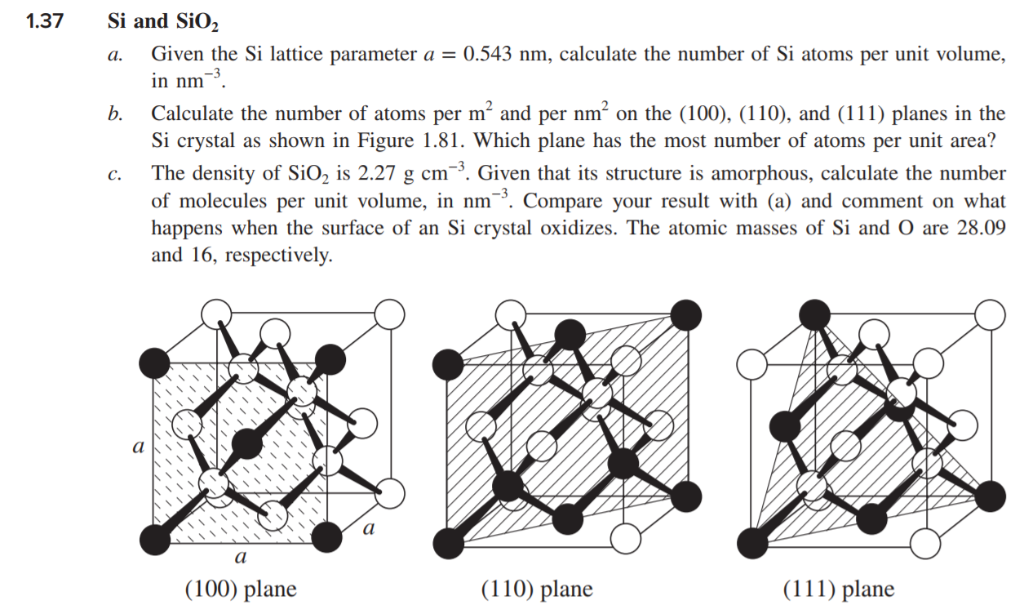
used the ABINIT DFT package with Troullier– Martin pseudopotentials and a plane wave basis set. Since the stadard DFT codes assume periodicity in three dimensions, a supercell technique is used to generate an artificial periodicity in the third dimension at least 15 Å is needed to electronically decouple the layers. For silicene, the crystal structure consists of two atoms per unit cell and the structure is two-dimensional (2D). Once the structure is obtained, one can compute the corresponding electronic structure and electronic properties. The procedure is to assume an initial geometry and then the atoms are moved so as to minimize the total energy while preserving the lattice symmetry. However, computational constraints dictate maintaining a given lattice symmetry. In principle, it is only necessary to be given the atomic number of the atoms present and the theory predicts the most stable stucture. The LDA is known to lead to overbinding and, therefore, a slightly smaller lattice constant. This is an approximate solution to the many-body Schrö dinger equation. They are invariably based upon density functional theory (DFT), whether using the local-density approximation (LDA) or the generalized-gradient approximation (GGA) to the exchange– correlation potential. Predicting the structure has been the mainstay of quantum- mechanical first-principles methods. Additional topics are treated based upon their importance.įour primary methods have been used to date to study the structure and electronic properties of silicene. In this article, we focus on topics we have contributed towards. Indeed, a field-effect transistor made out of silicene has finally been demonstrated in 2015. Nevertheless, it is important to understand its properties before investigating how the properties might be altered by the presence of a substrate, by functionalization or in a device structure. To date, no free-standing silicene has been reported. The growth was achieved under ultrahigh vacuum conditions by evaporation of a piece of silicon wafer and the slow deposition of Si atoms onto the Ag substrate at 220 ° C– 260 ° C. The most reliable reports of silicene itself, grown on Ag (111), started in 2012. They went mostly unnoticed until silicene nanoribbons were reported to have been fabricated on a silver substrate in 2009. It turns out that there were earlier works, both theoretical and experimental. The term silicene was introduced by Guzmá n-Verri and Lew Yan Voon to denote a single atomic layer of silicon (Si) with the structure of graphene. Comparisons to graphene is provided throughout. Finally, we will review the properties computed using both types of theories for free-standing silicene, with emphasis on areas where we have contributed. Instead, we will emphasize what empirical methods can provide to such investigations and the current state of these theories. However, since the theory is standard, no extensive discussion will be included. We will provide a brief overview of the parameter space for first-principles calculations. Both empirical and first-principles techniques have been used to study the electronic properties of silicene. One advantage of silicene is due to its compatibility with current silicon electronics. The interest in silicene is the same as for graphene, in being two-dimensional and possessing a Dirac cone. Silicene is a single atomic layer of silicon similar to graphene.

Lattice constants can be determined by X-ray diffraction.In this topical review, we discuss the electronic structure of free-standing silicene by comparing results obtained using different theoretical methods. It allows construction of advanced light-emitting diodes and diode lasers.įor example, gallium arsenide, aluminium gallium arsenide, and aluminium arsenide have almost equal lattice constants, making it possible to grow almost arbitrarily thick layers of one on the other one. Lattice matching, matching of lattice structures between two different semiconductor materials, allows forming of a region of band gap change in the material without introducing a change in crystal structure. Lattice constant matching is important for growth of thin layers of materials on other materials when the constants differ, strains are introduced into the layer, which prevents epitaxial growth of thicker layers without defects. In epitaxial growth, the lattice constant is a measure of the structural compatibility between different materials. Lattice constants are typically on the order of several angstroms (i.e. Recognize and detect the effects of electrostatic charges on your balanceĪs lattice constants have the dimension of length, their SI unit is the meter.


 0 kommentar(er)
0 kommentar(er)
